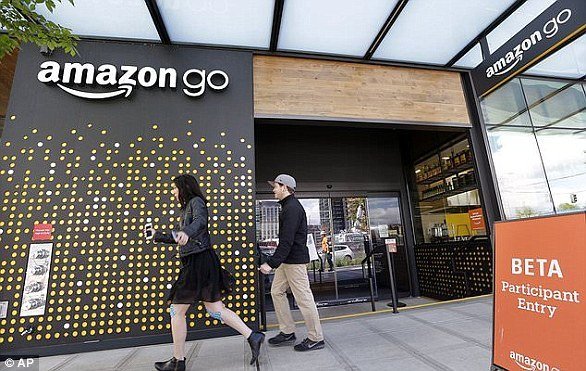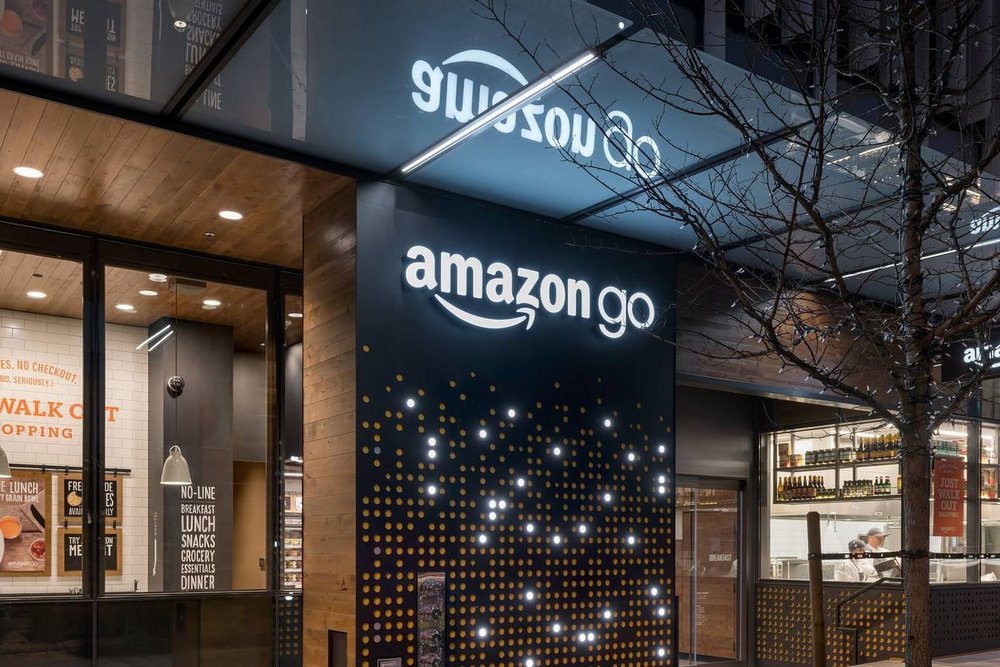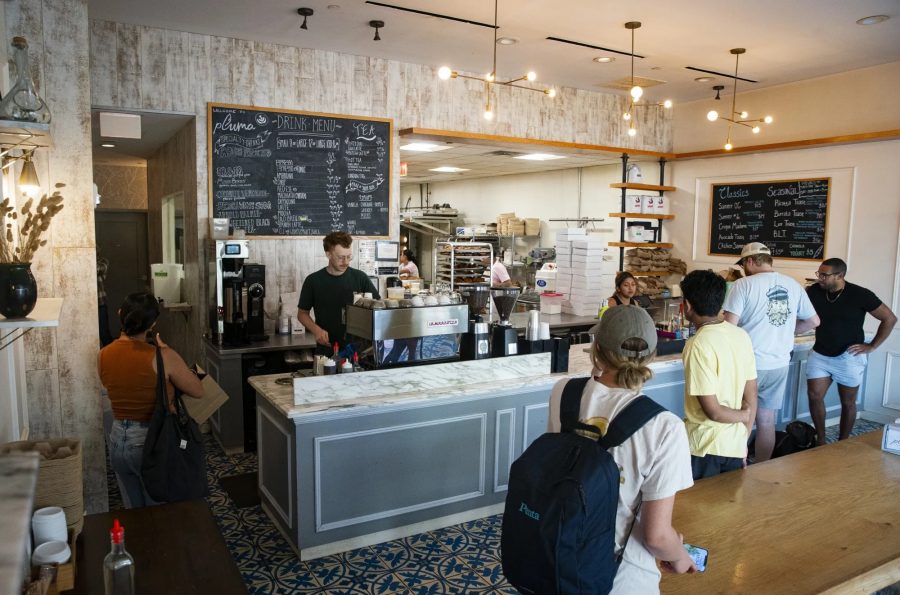In 2016, Amazon started its new brick-and-mortar initiative called Amazon Go, a unique cashier-less convenience store concept that cost a $1-million investment for employing the sensor cameras and AI technology alone. Now the online retail giant has announced plans to open 3,000 more locations by 2021.

Amazon has announced plans to open 3,000 unique cashier-less convenience stores by 2021.
Taking Convenience to the Next Level
Amazon (NASDAQ:AMZN) is gaining grounds on competitors 7-Eleven and Circle K in the convenience shopping sector. The e-tail giant recently opened its fourth Amazon Go store, a cashier-less shopping concept that is meant to break the meal-time logjams in crowded cities, where people want fast grab-and-go breakfast and lunch options instead of lining up in cafes and check-out counters for ages.
But Amazon wants to become a leader in providing shopping convenience to customers which is why it is planning to open 3,000 more Amazon Go stores nationwide by 2021, according to sources familiar with the matter.
This is an aggressive expansion strategy that won’t just cost the retail giant billions in investment, but also threaten chain stores like Subway, Panera Bread, 7-eleven as well as smaller taco trucks and local pizzerias.
If the plan comes to fruition, it could make Amazon the biggest convenience store chain in the United States. Just like 7-Eleven, the stores would place a heavy emphasis on pre-prepared meals and snacks but with a small selection of groceries.
Amazon spent a whopping $1 million on its state-of-the-art sensor camera and AI technology on its first Amazon Go store. But opening 3,000 more locations is going to cost the retail giant billions, so why is the company so keen on growing the cashier-less convenience store concept?
A $3 billion investment
Morgan Stanley’s Brian Nowak said in his analysis that opening 3,000 Amazon Go locations could cost the company $3 billion in investment. If it opened low-end stores similar to 7-Eleven, it would cost less than 0.5 billion, but it’s highly unlikely that Amazon would spend any less than 3 billion with its current intentions to go cashier-less.
According to experts, the annual revenue from Amazon Go is expected to be between $1 million to $2 million. If the retail giant focuses on ready-made meals and convenience items instead of groceries, it could generate even higher revenues than Amazon’s e-commerce business or its Whole Foods supermarket chain.
If the company chooses the store locations close to its Whole Foods supermarkets, it could boost its profits even further by using the Whole Foods kitchens to for preparation of the meals which could then be delivered to the new convenience stores around the city.
With 3,000 locations Amazon Go could return up to $6 billion in revenue per year, according to the research of analyst Colin Sebastian from Baird Equity Research. That could earn the company gross profits of up to $2.5 billion, says a Business Insider report. These figures are not high enough in comparison to the investment Amazon will need to run and operate the stores.

Morgan Stanley’s Brian Nowak said in his analysis that opening 3,000 Amazon Go locations could cost the company $3 billion in investment
Not looking for profits
But people familiar with Amazon’s plan say that the company isn’t looking to make profits. Investors already know that the company values innovation over profits, which is why it has sold several smart gadgets including Echo Dot, Fire tablet and Fire TV stick.
These devices have helped Amazon gather data on consumer preferences which has given it opportunities to sell even more products and services through targeted marketing.
The new cashier-less convenience store concept could be another initiative to gather data on consumers and their spending habits since every purchase a customer makes is linked to their Amazon account and billed through the payment method they have added to the account.

Customers simply scan the Amazon app through their smartphone at the store’s turnstile and take items from the shelf without having to stop at the cash register.
The AI technology and sensor cameras detect every time someone picks up an item and automatically adds it to the running tab on the app. If they put the item back on the shelf, the app subtracts the item from the total bill.
This data is then used to understand consumer preferences and recommend them products that they might be interested in the next time they use the Amazon app.
Do you think Amazon could dominate the convenience shopping sector with its futuristic Amazon Go stores?










